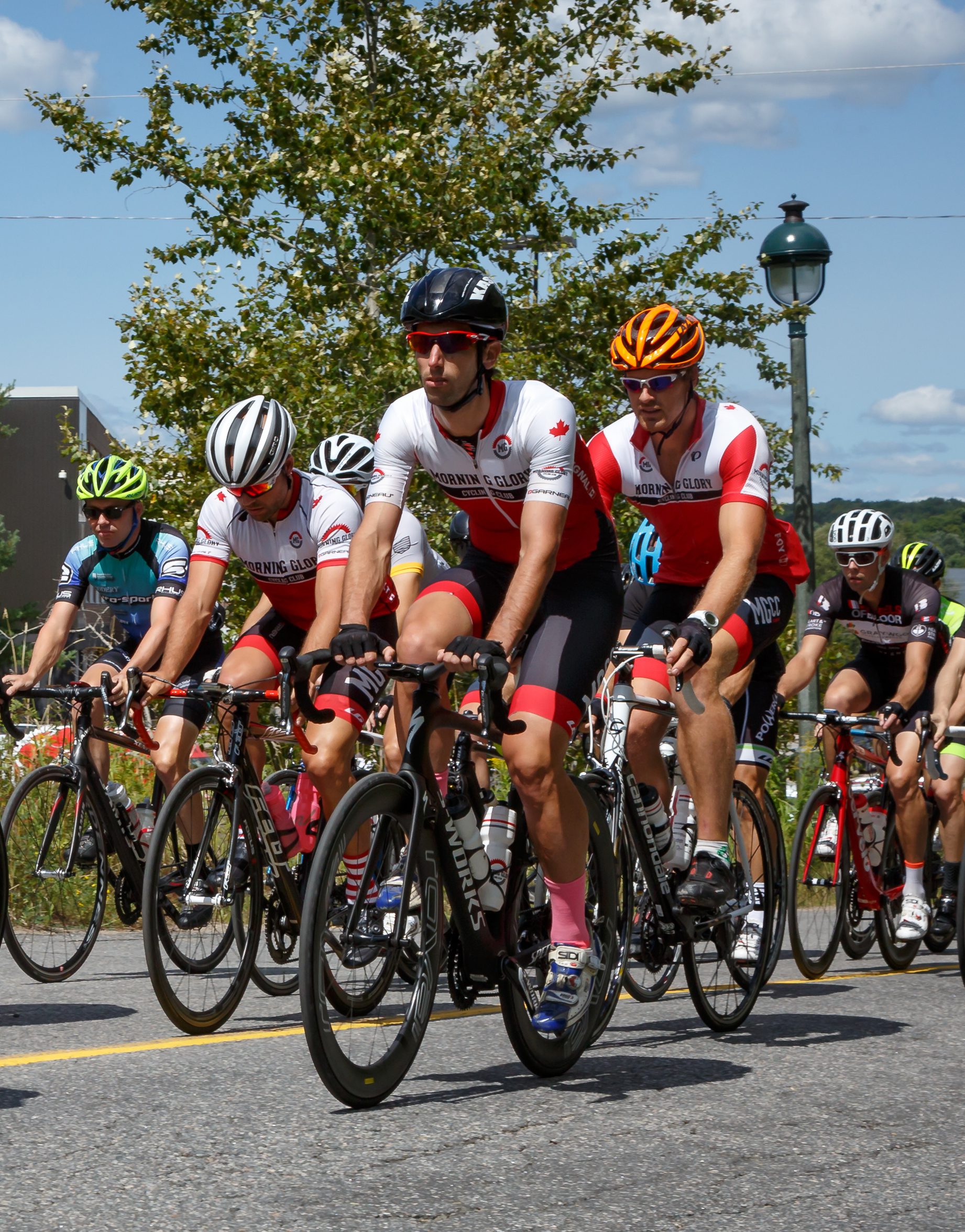Looking back on a season committed to racing
Evaluating a year of training for racing and competing

by Bart Egnal
My race season opened with a flat tire 1 km into a road race on Good Friday. It ended when I tried to follow pro riders from Vancouver to Whistler during GranFondo Whistler and realized my fitness was not close to pro level. In between these disappointments, there were highlights, such as the time I rode my way into a winning breakaway in a crit (the most painful 15 minutes of my year), the time I fought back in Niagara Classic from being the last rider up the Effingham climb to sprinting for a top-10 place and completing my first TT.
As my loyal grupetto readers may recall, this was the year I committed to racing and race training. As anticipated, I rode much less with my club. Purpose-driven workouts replaced many exploratory rides. A typical workout was to ride the 1.5-km hamster wheel in the local park for an hour-long endurance interval. My coach, Ming Chang-Tsai, tested me every eight weeks to assess gains and monitored my progress with critical power, peak power and duration at various power zones. He kept me on track with my workouts and ensured my training would prepare me to race.
How do you evaluate a year?
I started with my race results. Ironically, results are the least useful measure of improvement (as my coach keeps telling me). You may get stronger as a rider and perform less effectively because you follow the wrong wheels, get caught behind a crash or simply have stronger riders show up on that day.
Yet it’s still a results-oriented sport, so I feel compelled to look at my performance. My conclusion was that while I lacked a signature win, this was my best season of racing. I competed in 16 races: six road races, eight crits and two TTs. I had three top 10s in the road (every provincial race I didn’t flat in), and three top 10s in the local Tuesday-night crit series. The TTs are hard to score (a top 10 is useless when the field is only 15) but I was pleased with my times.
Next, I evaluated my year based on fitness gains. Here the markers were improved. My critical power went up by more than 10 per cent. My ability to sustain power at various intervals compared with last year increased. I could do more intervals in the same workout, too. The result of this fitness boost was reflected in how I raced. In the Masters 3 category, I rode in the front of the race and participated in sprint finishes in all the races I entered. In the Tuesday night early crits, I raced aggressively, attacking off the front, getting away, and in one instance, getting into a winning four- person breakaway.
Finally, I evaluated my year based on satisfaction. Committing to racing in some ways made for a less enjoyable year. The seemingly endless runs of intervals, the shorter rides during race weeks and the rides around the 1.5-km loop 30 times are not fun. I can tell you that there’s little worse than driving hours to a race only to flat 1 km into the event you spent months training for or to watch the provincial road race field ride away from you after you’ve used all your energy getting back on following a crash that separated you from the field. But with the year over, I’d say the trade-offs are worth it. The sense of satisfaction I’ve gained from competing successfully, from training with a purpose and from seeing a progression in races are the rewards for the hard work. And while I didn’t always earn the results I was hoping for, I have some motivation when the trainer and I get reacquainted this winter.
This article first appeared in the December 2015/January 2016 issue of Canadian Cycling Magazine
